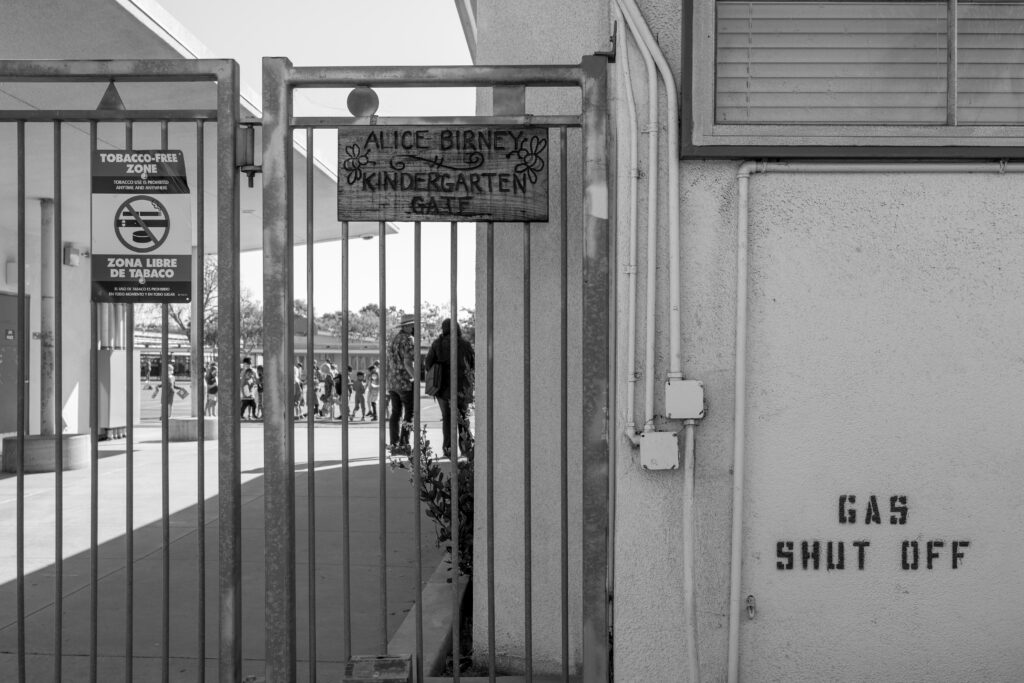Is the timing deliberate or coincidental? March 11 will be the last day that California school students will may be required to wear face masks. On that date two years earlier, the World Health Organization declared SARS-CoV-2 (severe acute respiratory syndrome Coronavirus 2)/COVID-19 a pandemic. Shall we just call the crisis over, with lifting of the order that compels kids to cover up?
Update, next day: On the morning news, officials from the San Diego school district held firm to masks—meaning students and staff will be compelled to continue wearing them. Reasoning: True that the governor has relaxed rules, but the Centers for Disease Control and Prevention considers the county to be high risk and the organization’s guidance supersedes that from the state.
I added “Strike That” to the title today. The original text continues, with edits where you see strikeouts:
Youngsters have proven to be remarkably resilient resisting the Novel Coronavirus, which long ago made questionable the policy of masking students. From Feb. 18, 2022 Harvard Medical School primer “Coronavirus outbreak and kids“: Children, including very young children, can develop COVID-19. Many of them have no symptoms. Those that do get sick tend to experience milder symptoms such as low-grade fever, fatigue, and cough”.
Qualifying that the loss of any child is unbearably tragic, the data reveals few kids are dying. According to the Centers for Disease Control and Prevention, from Jan. 1, 2020 through Feb. 19, 2022, the number of reported COVID-19 deaths for Americans age 0 to 17 is 851—or 0.09 percent of the 934,146 grand total for the United States. The majority of deaths with the disease is greatest among those 55 or older: 832,063, or 89 percent.
For comparison, according to the CDC: “Every year in the United States, there are an estimated 3,960 fatal unintentional drownings, including boating-related drowning—that is an average of 11 drowning deaths per day” and “8,080 non-fatal drownings—that is an average of 22 non-fatal drownings per day”.
Focusing in, the CDC continues: “The U.S. Coast Guard reported 613 boating-related deaths in 2019—79 percent of these deaths were drowning related, and of those who died from drowning 86 percent were not wearing life jackets”. Children are at the highest risk of drowning, which for ages 1-14 “is the second leading cause of unintentional injury death after motor vehicle crashes”.
So school kids are required to wear masks that provide nominal value but can boat at high risk without a life preserver. Bicycle helmets, anyone? In data published last year, the CDC reports that in 2018, among Americans 17 and younger, there were 14,403 “emergency department visits for all non-fatal bicycle-related traumatic brain injuries”.
There are dozens of examples like these that illuminate lack of common sense about protecting youngsters. Masks are restrictive and not that necessary, while kids are permitted to engage in riskier activities, and not necessarily with recommended protective equipment.
For parents, there may be psychological relief from pandemic paranoia when kids wear masks. I can’t even guess the reasoning behind public health policy, which makes little sense in the wake of what we know about kids’ robust immune response to Coronavirus. For sure, anyone of any age with one or more of several comorbidities—diabetes and obesity among them—are exceptions and considerably at higher risk to COVID-19 complications or even death.
Nine more class days: The number remaining when kids are required to wear masks to school. The Featured Image shows one place some will be dropped off by parents for their first full day of where students will continue to be denied facial freedom and expression: The Kindergarten gate at Alice Birney Elementary, which is located in San Diego’s University Heights neighborhood. Vitals, aperture manually set: f/5.6, ISO 200, 1/400 sec, 28mm; 2:07 p.m. PST, Feb. 14, 2022; Leica Q2 Monochrom.
